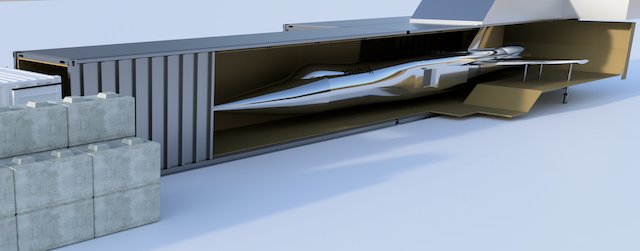
A rendering of the Hello-1X reveals the configuration and size of the 70-ft.-long hypersonic vehicle.
Credit: Space Engine Systems
LE BOURGET—A small Canadian company named Space Engine Systems (SES) has quietly built an optionally crewed hypersonic aircraft and hopes to fly the self-funded Hello-1X experimental vehicle as early as next February, pending regulatory approvals, founder Pradeep Dass told Aerospace DAILY at the...
Subscription Required
This content requires a subscription to one of the Aviation Week Intelligence Network (AWIN) bundles.
Schedule a demo today to find out how you can access this content and similar content related to your area of the global aviation industry.
Already an AWIN subscriber? Login
Did you know? Aviation Week has won top honors multiple times in the Jesse H. Neal National Business Journalism Awards, the business-to-business media equivalent of the Pulitzer Prizes.
